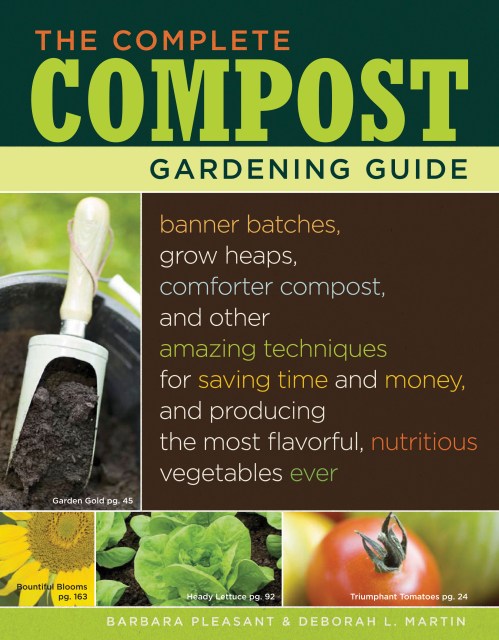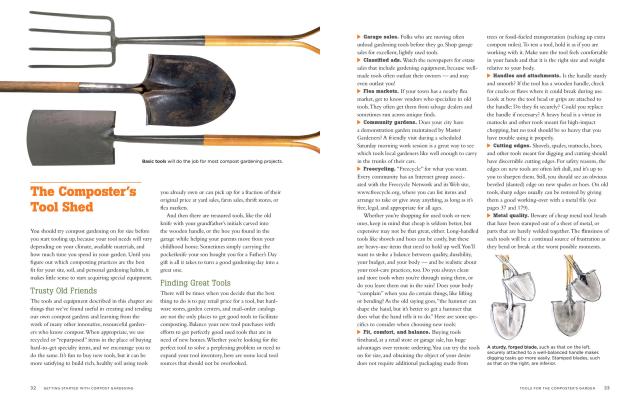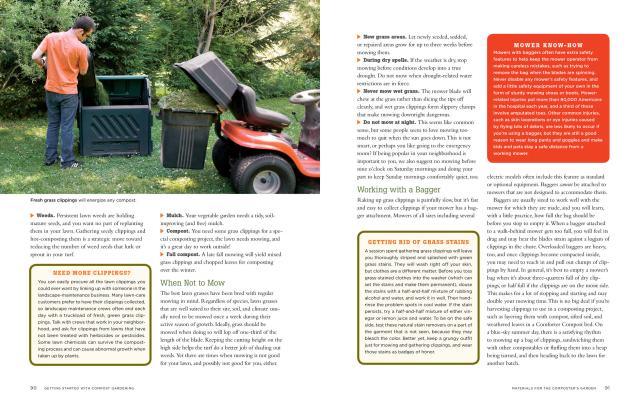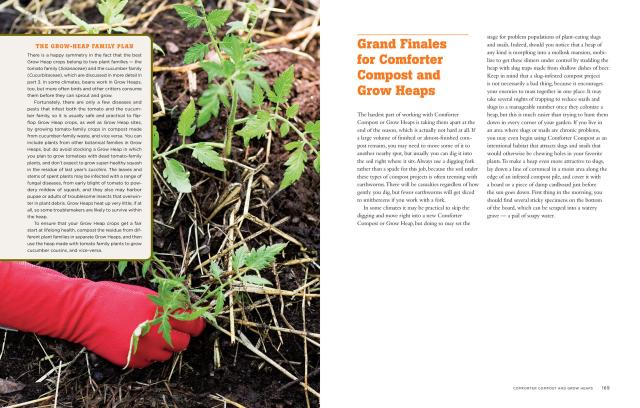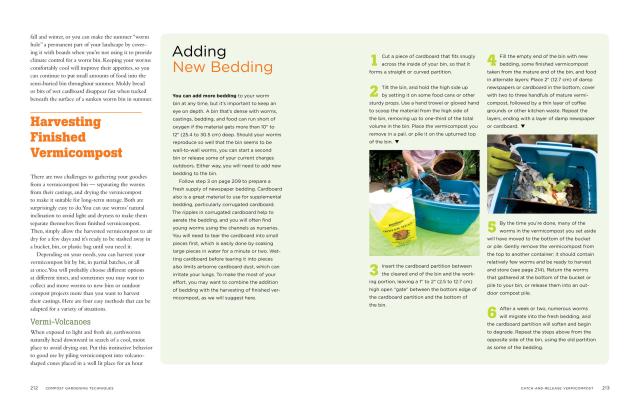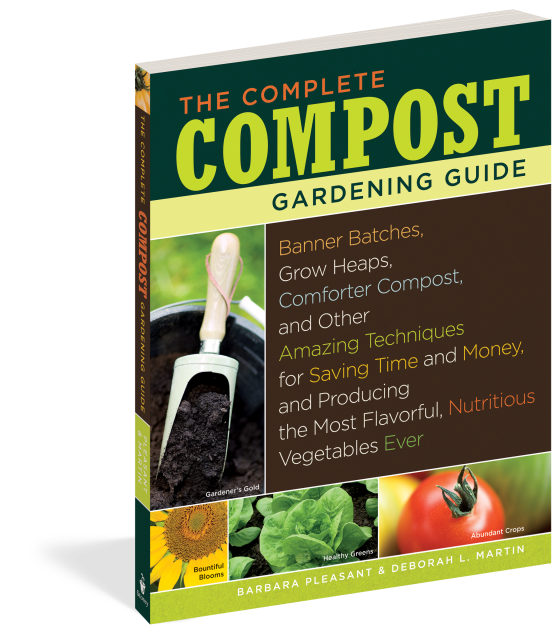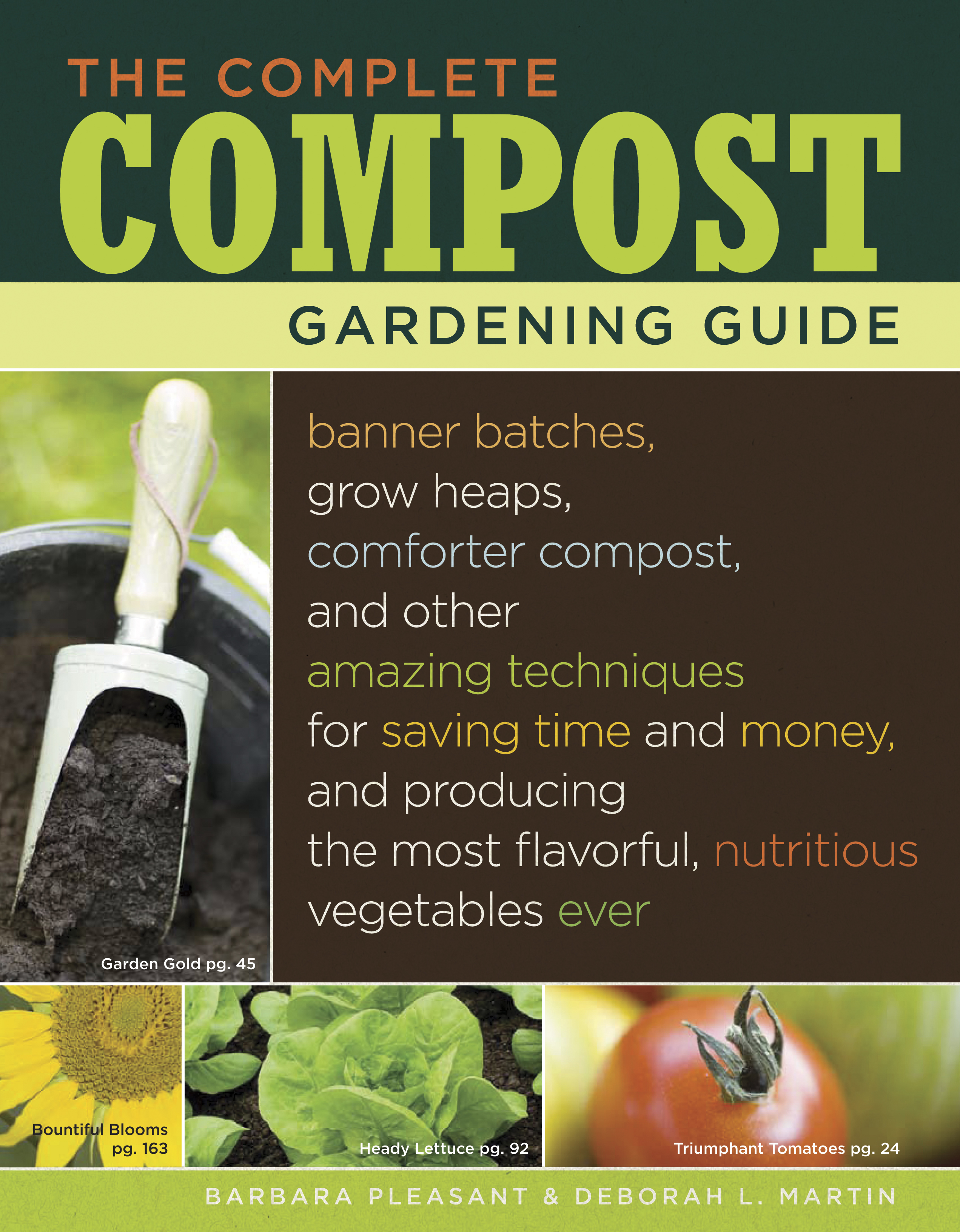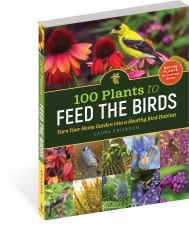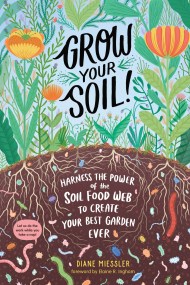Promotion
Use code MOM24 for 20% off site wide + free shipping over $45
The Complete Compost Gardening Guide
Banner Batches, Grow Heaps, Comforter Compost, and Other Amazing Techniques for Saving Time and Money, and Producing the Most Flavorful, Nutritious Vegetables Ever
Contributors
Formats and Prices
Price
$19.95Price
$24.95 CADFormat
Format:
- Trade Paperback $19.95 $24.95 CAD
- ebook $11.99 $15.99 CAD
- Hardcover $29.95 $39.95 CAD
This item is a preorder. Your payment method will be charged immediately, and the product is expected to ship on or around February 13, 2008. This date is subject to change due to shipping delays beyond our control.
Also available from:
Develop mature compost right in your garden. Barbara Pleasant and Deborah Martin explain their six-way compost gardening system in this informative guide that will have you rethinking how you create and use your compost. With your plants and compost living together from the beginning, your garden will become a nourishing and organic environment that encourages growth and sustainability. You’ll also find that the enriched soil requires less tending, weeding, and mulching, so you can do less back-breaking work for the same lush, beautiful results.
Genre:
- On Sale
- Feb 13, 2008
- Page Count
- 320 pages
- Publisher
- Storey
- ISBN-13
- 9781580177023
Newsletter Signup
By clicking ‘Sign Up,’ I acknowledge that I have read and agree to Hachette Book Group’s Privacy Policy and Terms of Use
